4 Top Tips for Better Landings
4 Top Tips for Better Landings – Ensure Smooth Landings on Every Flight – Video Transcript
Greetings esteemed aviators. It’s Beth again and thank you for tuning in for another video presented by AeroGuard Flight Training Center. Today I’m going to share with you four little tips to improve your landings. Every student wants to nail that landing on the first couple of tries with their instructor. Well, perfect landings will come in time, but here are some fundamentals to help you on your way to consistently have better landings.
Standard Traffic Pattern
The first tip I have to improving your landings is a standard traffic pattern. Flying a standard traffic pattern is going to be your foundation for a great landing. Most days, you can fly your pattern at the same air speeds with consistent power settings and making very small corrections. Fly your pattern at the same distance for each leg. You don’t want your pattern to be too wide, too narrow, and too different each time you fly. If you fly your pattern inconsistently, then your landings are guaranteed going to be inconsistent too. So, when you’re on your downwind leg, find a spot that’s on the leading edge of your wing and visually place it there on the runway and just keep it there. This will ensure you are always the same distance from the runway for every down one leg you fly. In turn, base once your touchdown point is at a 45-degree angle behind your aircraft and for the final leg, I always begin my turn as my nose is approaching the extended center line with a shallow to medium bank turn. If I wait until my wings are abeam the numbers, then I will definitely overshoot the runway. The power setting, air speed and distance from the runway, those are some of your ingredients for great landings. So, let’s keep them consistent.
Final Approach – Aiming Point, Centerline, & Airspeed
Once you are in final, you need to focus on these three things: aiming point, center line, air speed. Alright, so let’s break these down. Your aiming point is your visual spot on the runway, where your aircraft would meet the runway if you did not round out. Be precise with your aiming point. This is a specific spot on the runway, such as the beginning of the second stripe on the runway as opposed to say, the first third of the runway. Once you have selected the aiming point, fly directly to it. If the point starts to get further below you, pitch down. If the point starts to get further above you, pitch up.
Next up is the center line. Your aiming point should be on the center line and so should your aircraft. By aligning your aircraft’s longitudinal axis with the center line, this will help you recognize drift quickly so you can correct it. Remember where the center line was when you were taxing? Well, it’s going to look the same when you’re landing. Use your ailerons to get over the center line and then your rudder to align with the center line.
So, now you’re on final going to your aiming point aligned with center line, but what is your air speed doing at this point? Your air speed should be very stable and at your VREF with very small power adjustments. If your sight picture is correct and you’re finding yourself slowing down, add some power in small increments. If you still have too much speed, bring a little bit of power out. At this point, you don’t want to be staring at your airspeed indicator. Your focus should be outside, looking at where you’re bringing the aircraft to. So, having your airspeed under control will allow you to touch down softly where you intended to.
On your next landing mission, try these tips out. Fly a standard traffic pattern the best you can while remembering aiming point, center line, air speed, and repeat. I hope this helps you increase your consistency and confidence in landings. Please let me know how it goes by commenting below. I look forward to hearing about the successful landings you’re having now, and as always, please like and subscribe and we’ll see you in the next video.

